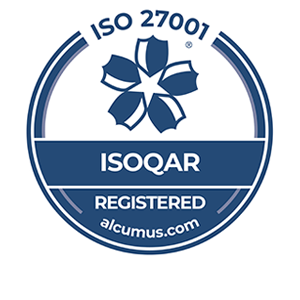2017 has been denoted as the year VR goes mainstream at which point its potential application in widespread market research practice becomes even more significant. So how is this innovative technology best applied to research? Here are 3 of my favourite use cases to date. I hope you like them!
Please share your own examples (serious or otherwise!) in the comments - we’d love to hear them all.
1. Projective Research Techniques - The 3-Year-Old Kitchen Designer
If you buy a new kitchen what do you think about? What design features are important to you? Granite work surfaces, an ‘island’ unit, breakfast bar, and mixer taps all come to mind, don’t they? But Ikea decided that there might be more to it, or should I say more perspectives to it. They decided to examine their kitchen designs from the viewpoint of a 3-year old! Yes, your toddler now has an input into your future home! And you can only research what a 3-year old might want from your future kitchen with VR. Before virtual reality such research would have been very hypothetical indeed.
Ikea created a virtual kitchen environment and ask participants to experience it from the height perspective of a toddler. There was a serious point to this – it wasn’t just a gimmick – when you walk round a kitchen seeing it as a toddler, you get a very different viewpoint; a much lower one! No longer is the colour of the granite work surface so important, but rather the safety features of cupboard handles, ‘island’ corners, and the placing of knives and bottles.
What this example shows us (albeit in an extreme way) is that VR can be a great way to instigate projective techniques in research; to have your participants experience things from a different physical perspective.
| Tweet This | |
| "VR is perfect for use in projective market research studies: It emulates physical transcendence" |
2. Insight Presentations - Chart Climbing
As insight professionals we are often witness to a strange divide between customer intelligence and business action. We know that bridging this gap is essential to the success of any organisation and are passionate about engaging stakeholders in project outcomes. So how about asking them to climb the quant?! VR allows us to create any virtual environment, why not a data assault course?
Want stakeholders to understand the relationship between customer service response time and customer satisfaction? Ask them to climb down the chart! Want them appreciate the market size of a product in decline? Ask them to squeeze into a pie chart segment! It might sound bizarre, but as a way of engaging stakeholders in research results, it will work like no other method.
| Tweet This | |
| "Using VR in insight presentations results in stakeholder buy-in and strategic business action" |
3. Environmental Research Control - To the Moon and Back
What?! I hear you exclaim. Who buys anything on the moon? No one does. And that is exactly the point. We all know that context influences people’s behaviour – the time, weather, and environment all have an effect perception and satisfaction. And yet we still research and compare results gathered across many different contexts. With VR you can remove that context. You don’t literally have to use the moon as the backdrop, but removing the influence of the weather or onlookers, will isolate other behavioural points.
These are 3 extreme and slightly tongue-in cheek examples of how VR can or has been used in research, but each has a serious advantageous premise. What other examples of VR can you think of or have direct experience of using? Tell us below in the comments.

















